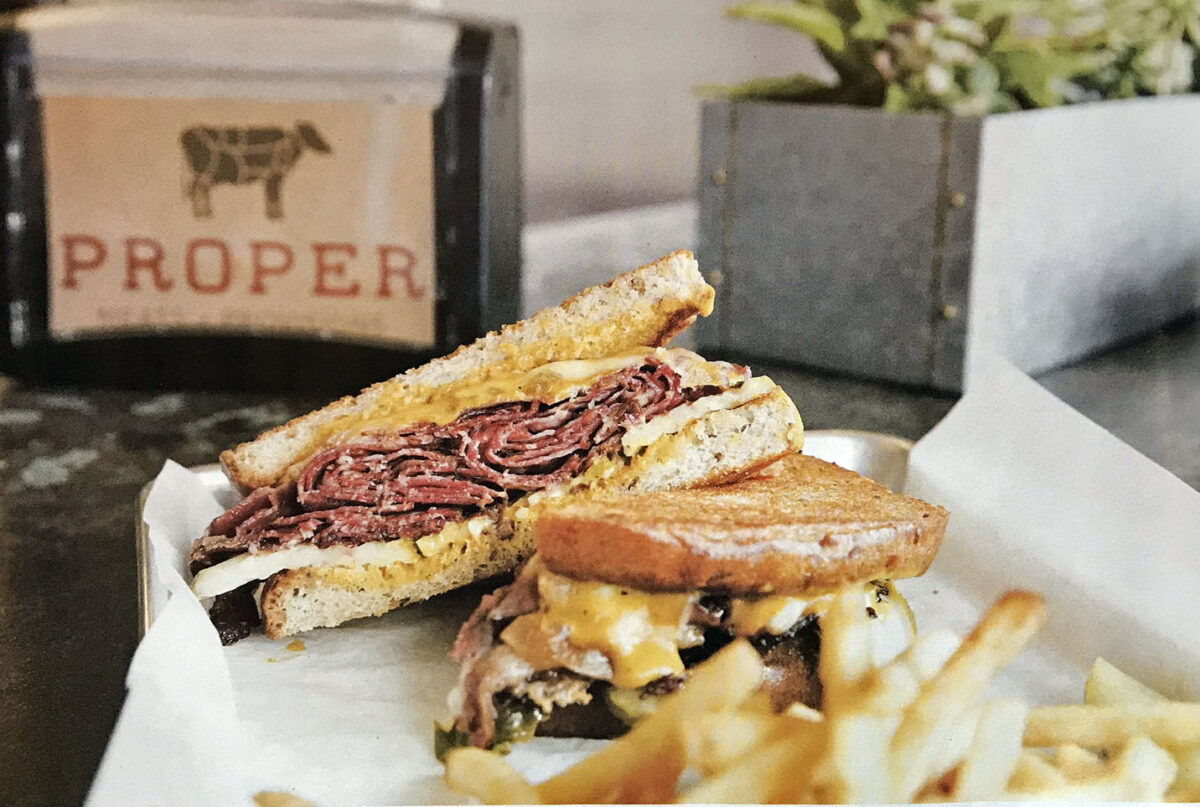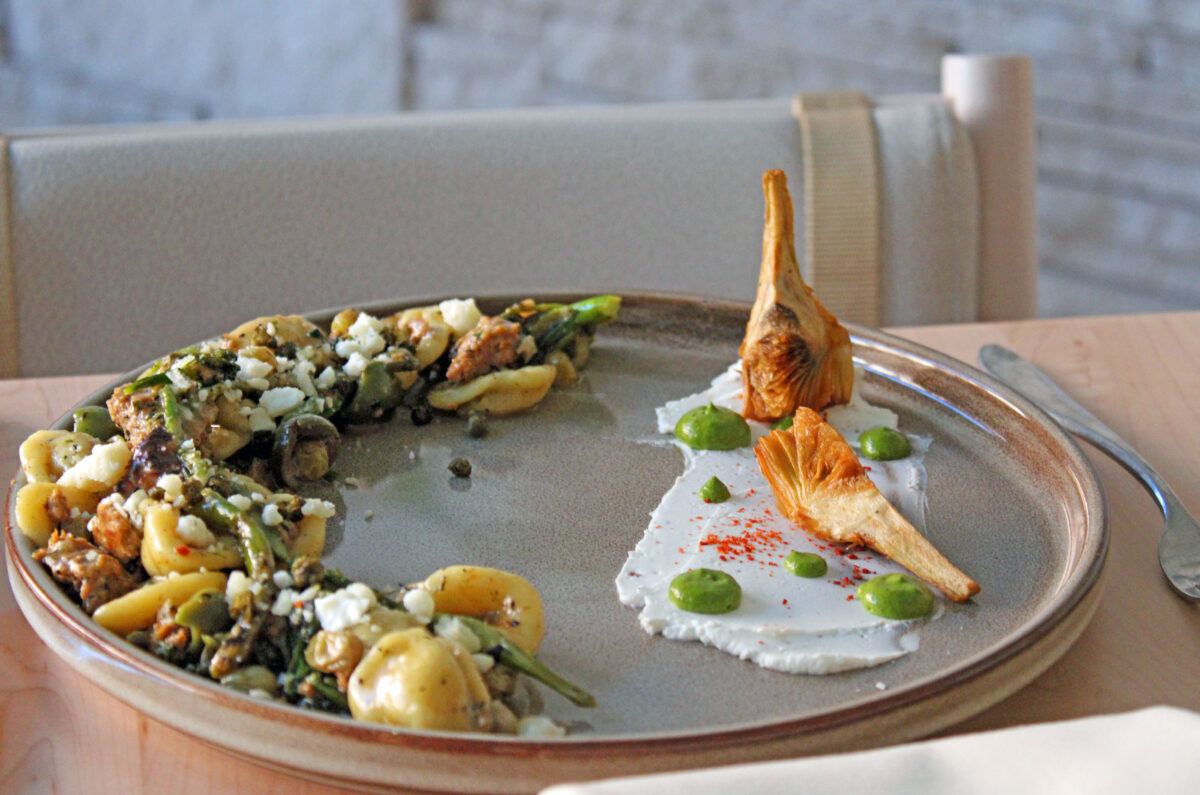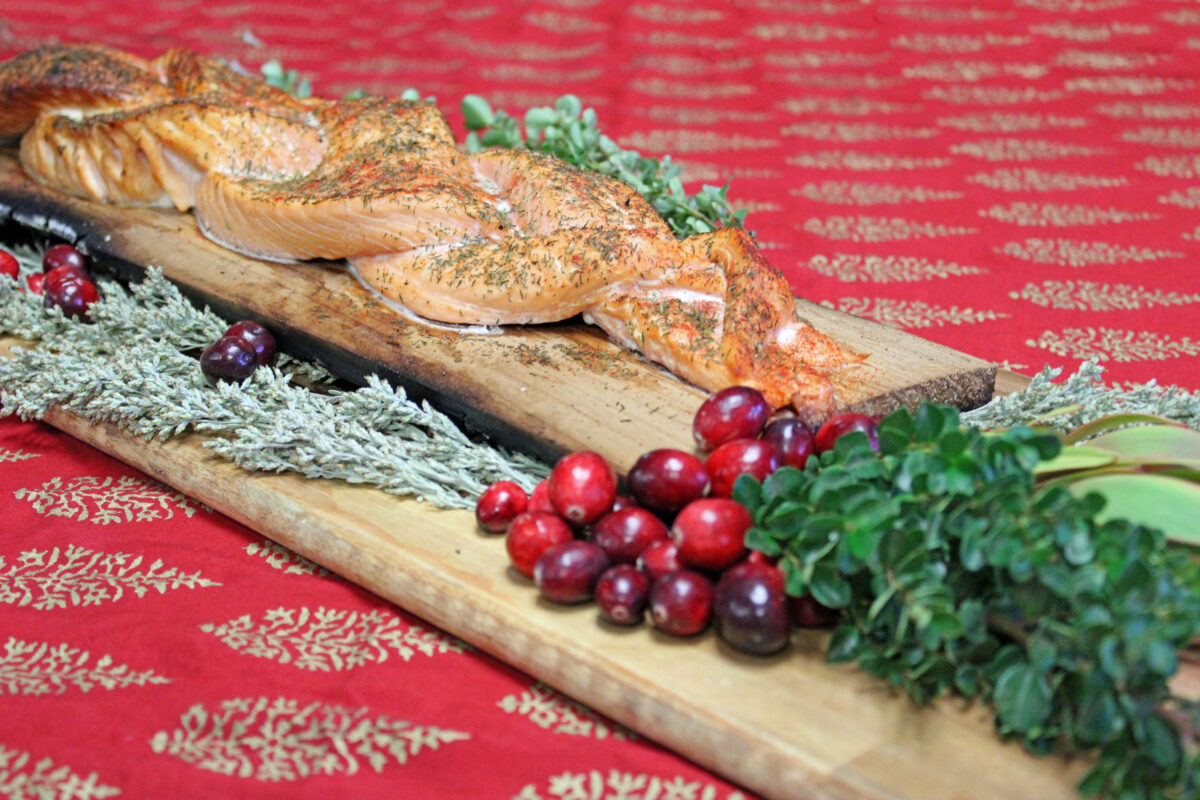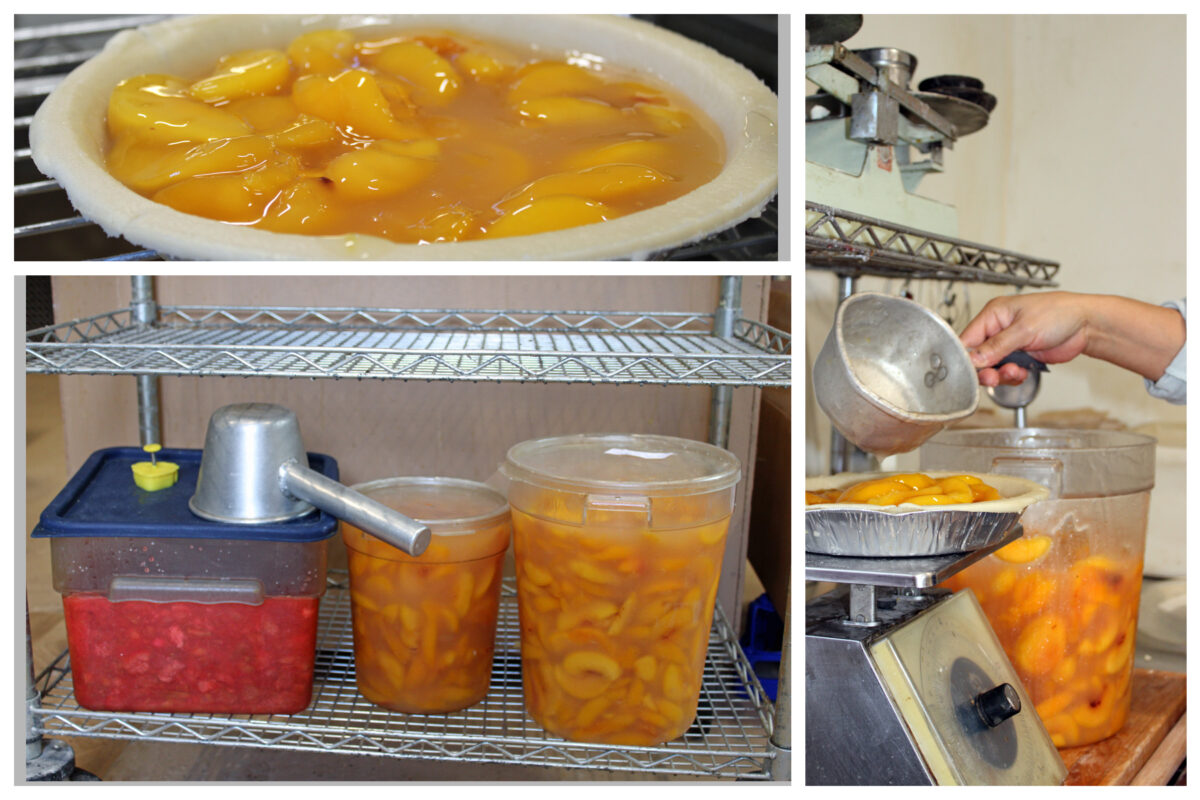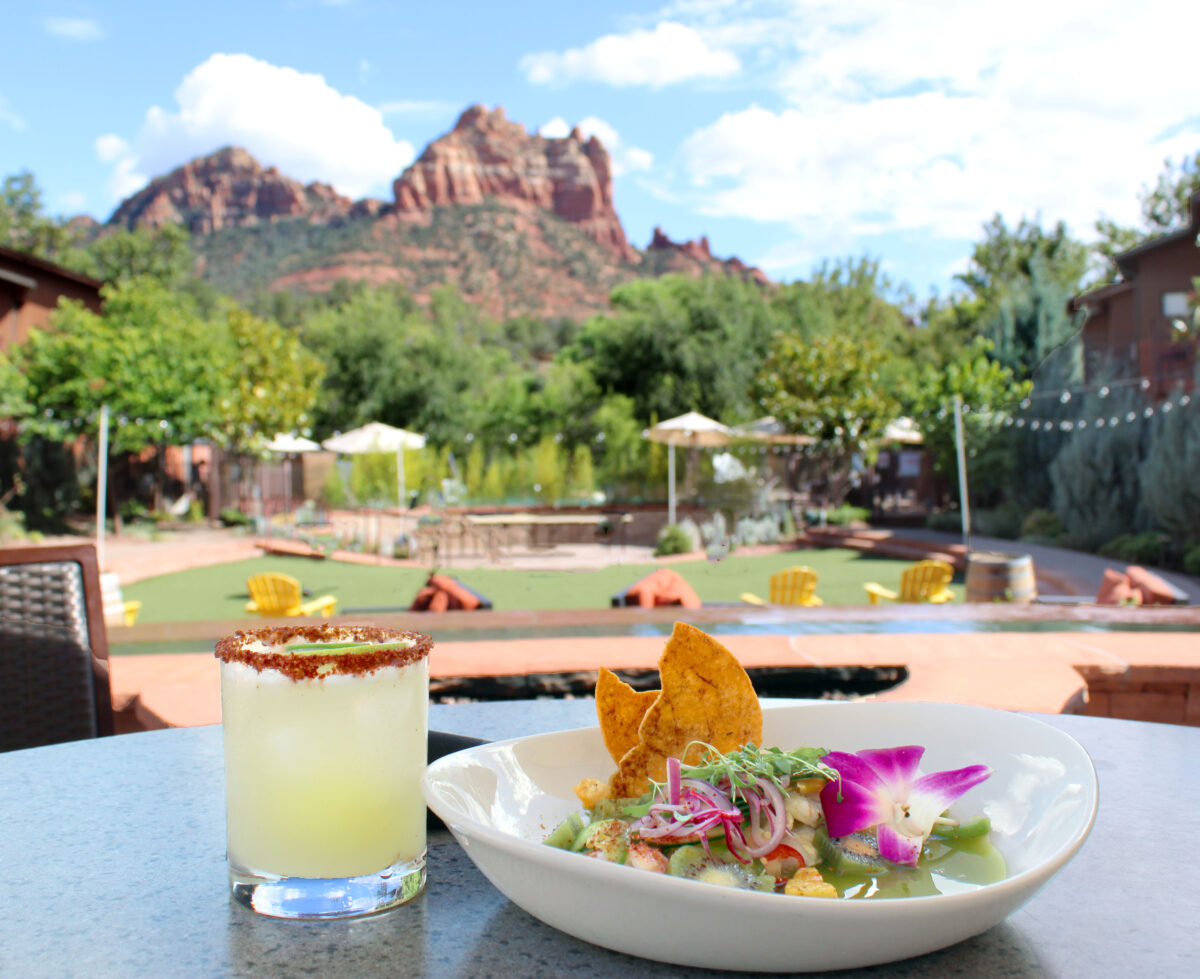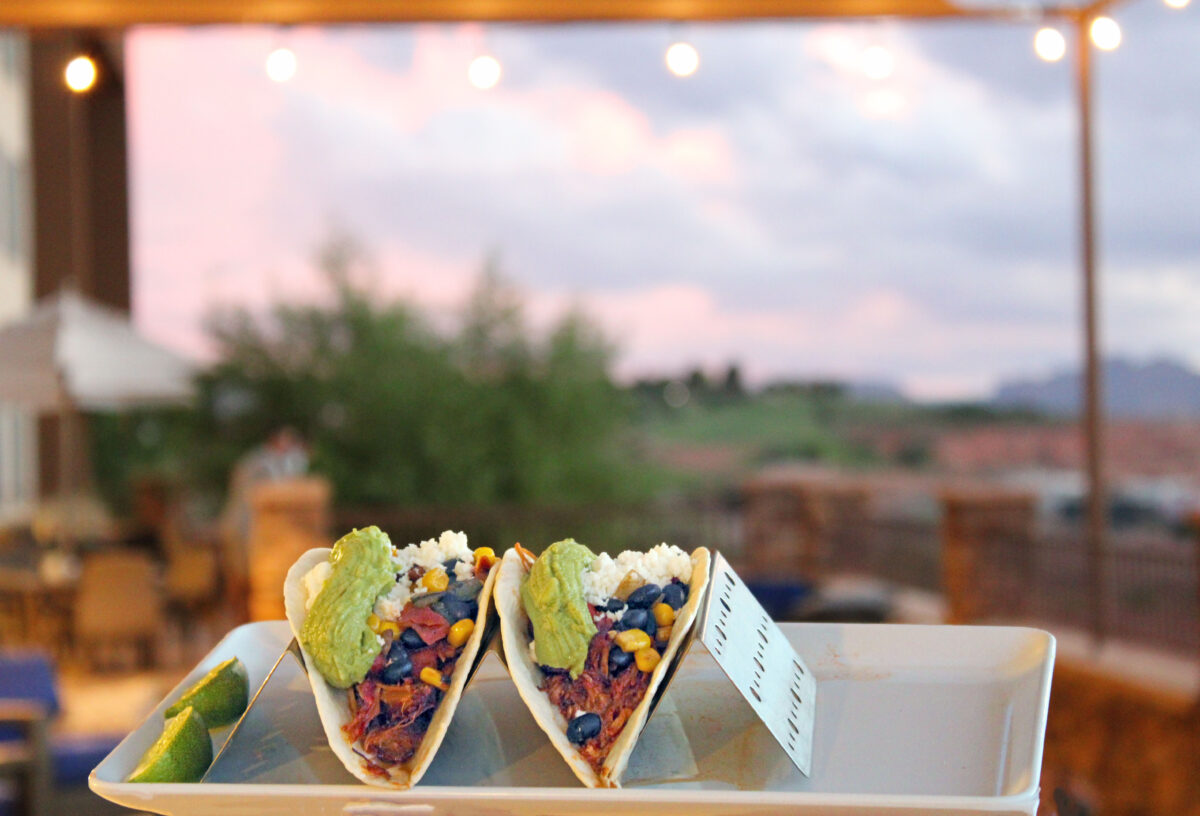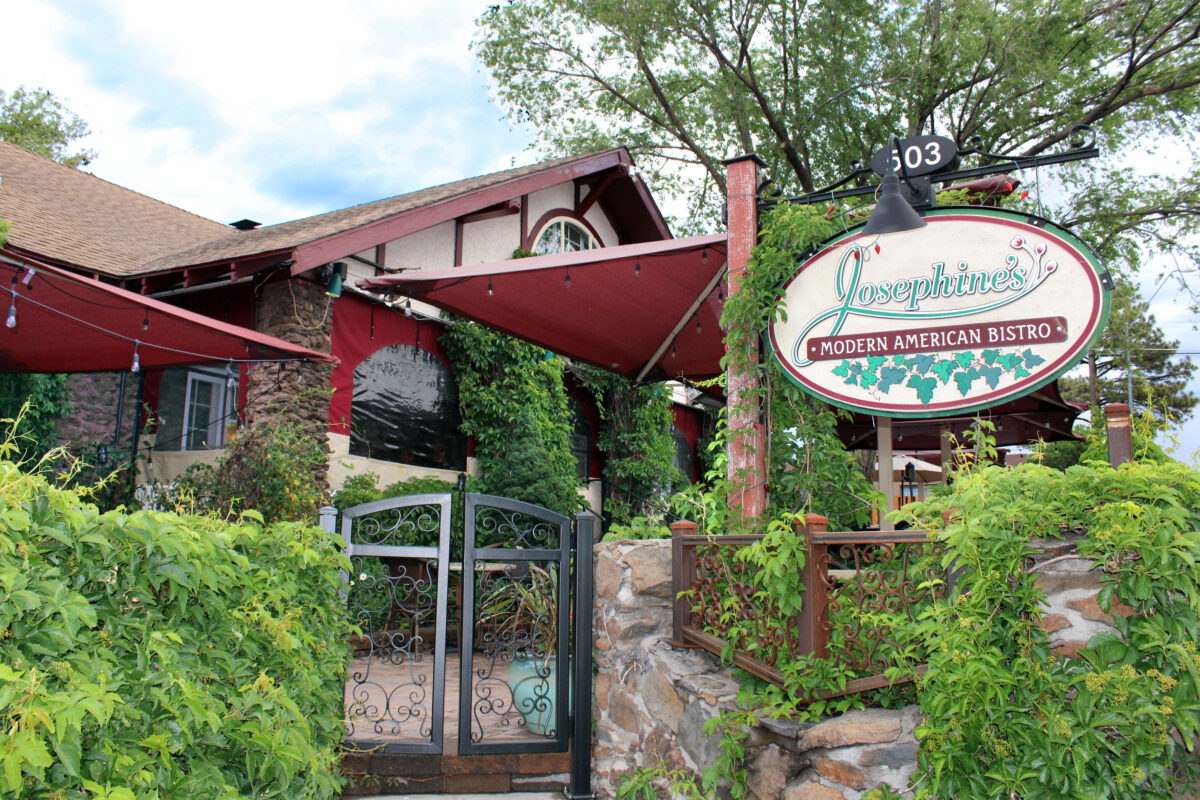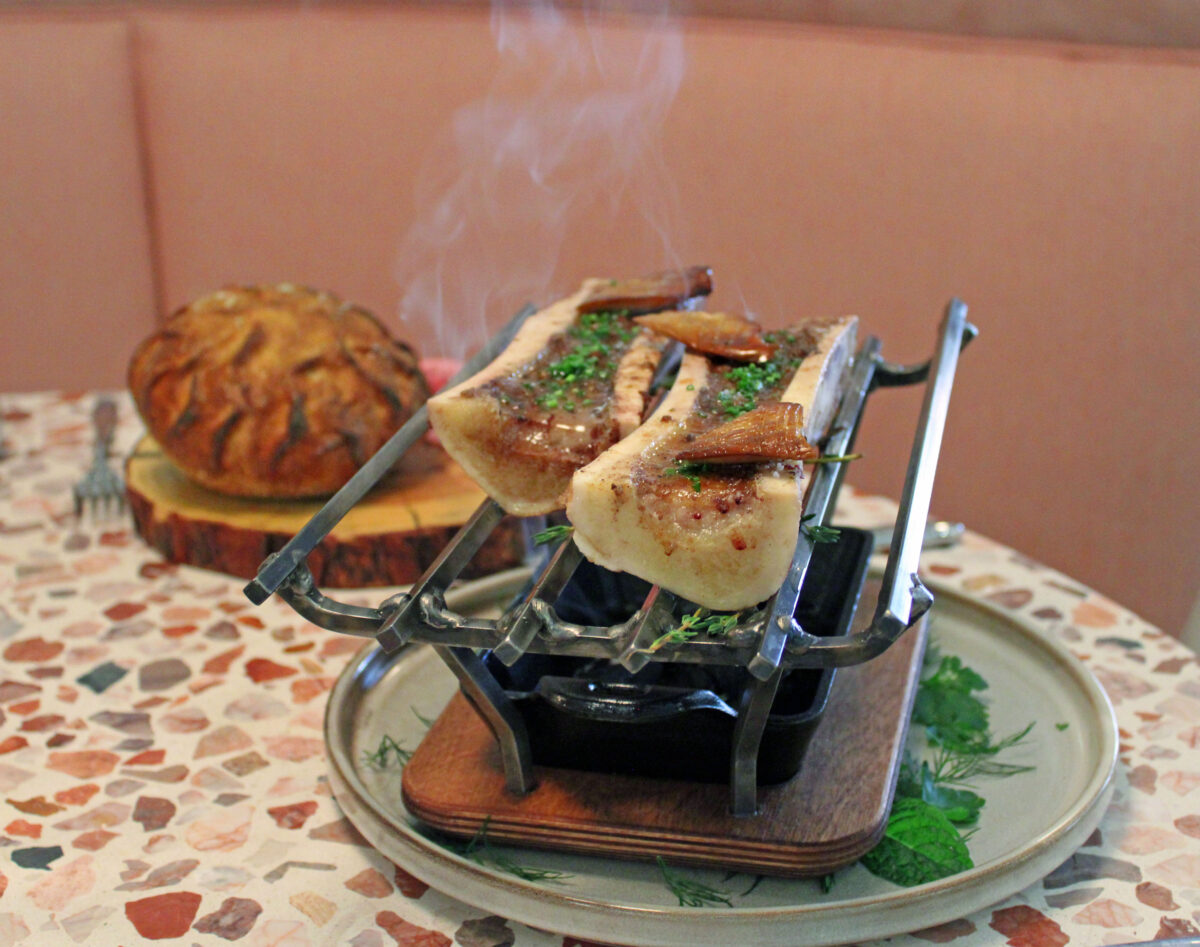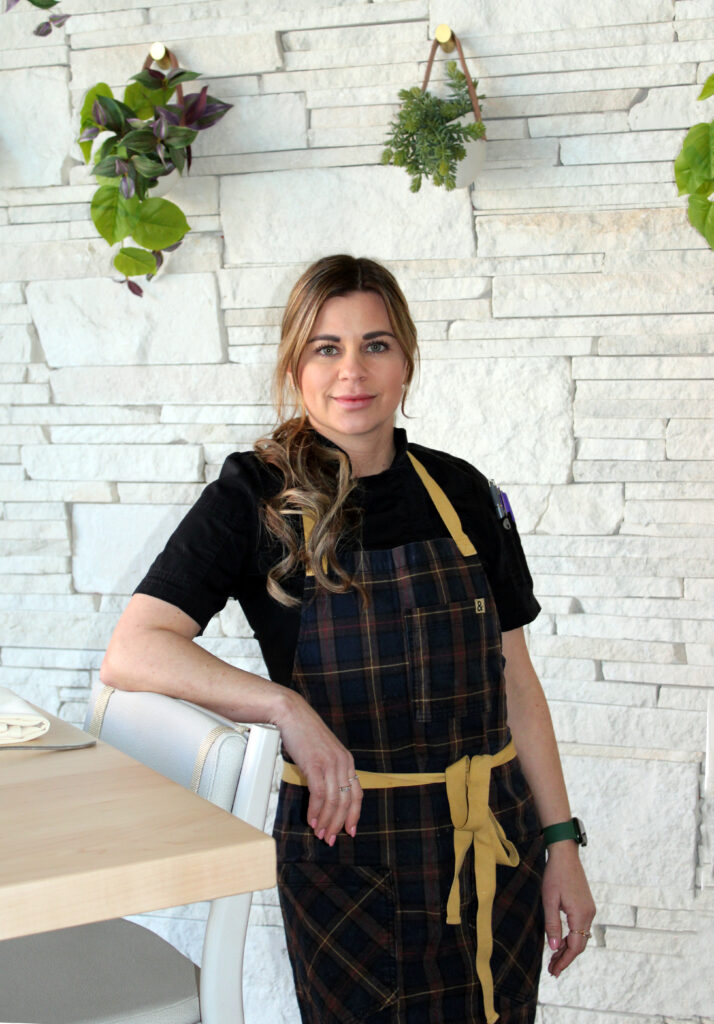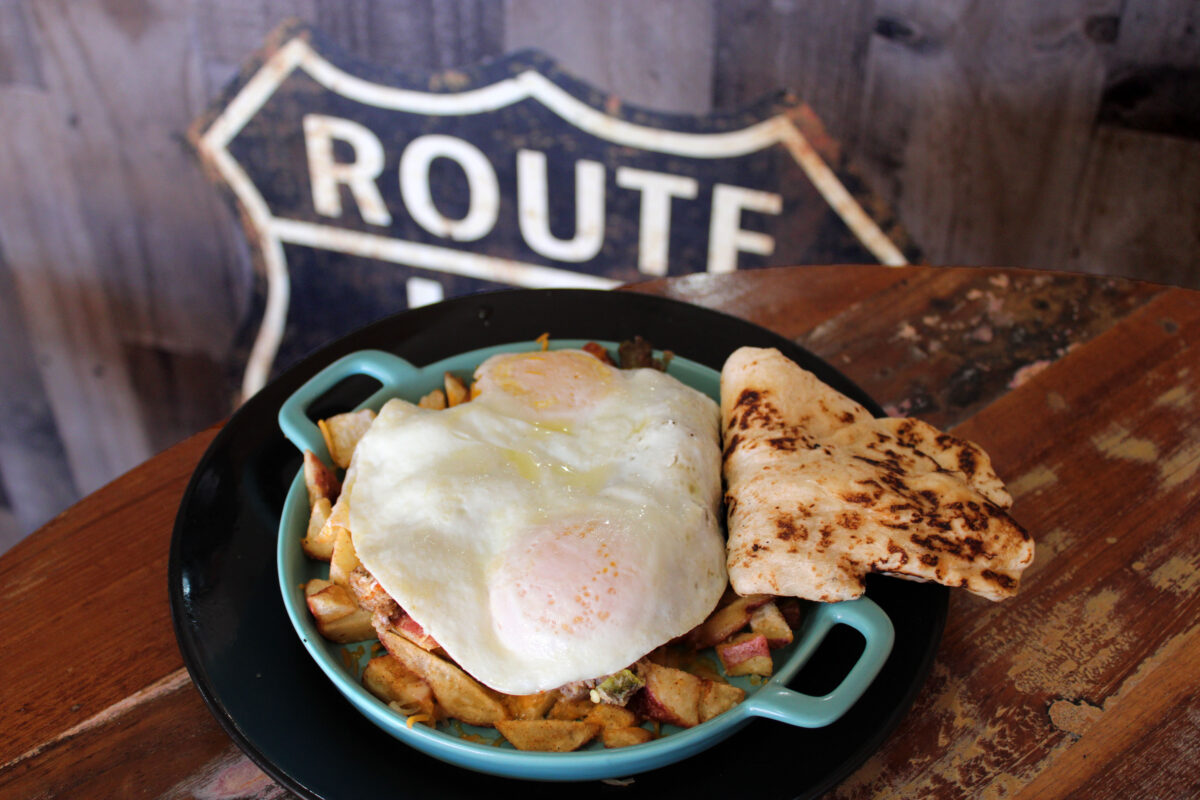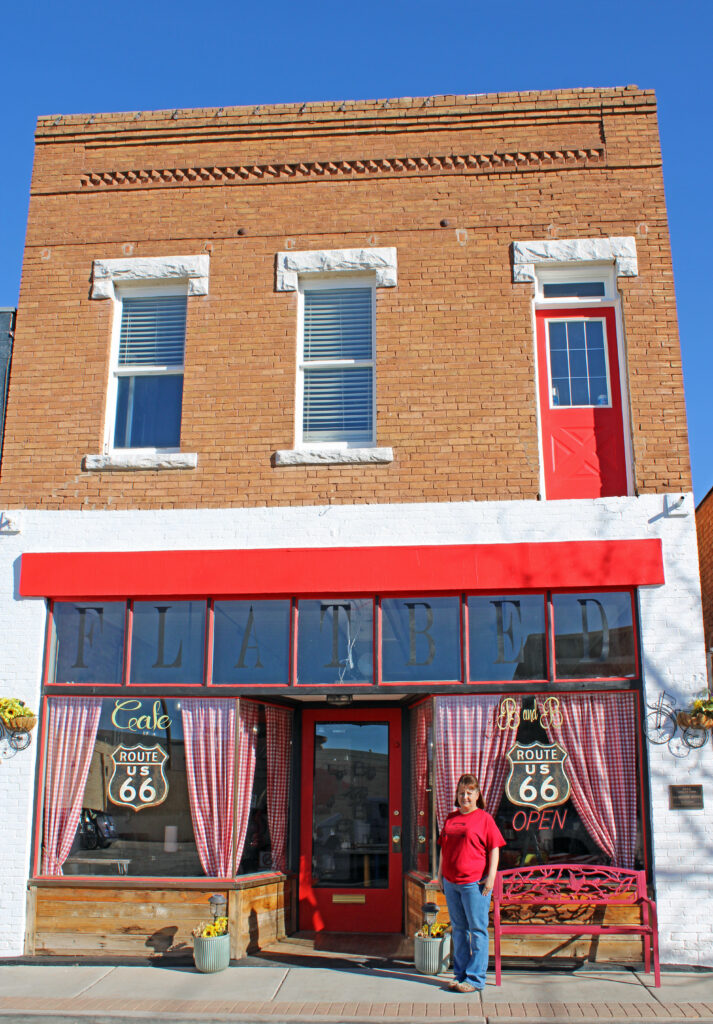Best of Flagstaff 2022
Story and Photo by Gail G. Collins
From a market of butcher stalls in the 11th century to the meat-packing industry in the late 1800s to the apron-clad neighborhood butcher, armed with a cleaver and advice on supper, meat has mattered. In the past, sourcing, sustenance and sustainability were not always considered, but together, they yield superior protein and products.
Such are the aims of Proper Meats + Provisions on Route 66 in making one heck of an award-winning deli sandwich.
“The sandwiches are ridiculously big,” says owner Paul Moir, “because that’s what I want to eat.”
The fried chicken po’boy is piled high with house-made smoked andouille, slaw and spicy remoulade made with guajillo chili. It’s as good as it gets outside of New Orleans. Sweet and spicy wings on mizuna greens go Asian dressed with roasted garlic and toasted sesame.
The signature PMP cheesesteak is shaved, tender roast beef with triple peppers, onions and provolone on a hoagie. The pastrami is the best-seller for a reason. It’s an eight-day process of brining, smoking and steaming the higher fat, flavorful briskets. A peppery stack of meat with Swiss on grilled bread makes for a melty meld with fries and a pickle spear.
The sandwich list is long, including Ahi tuna salad, a daily sausage special and classics like a turkey club, Reuben and roast beef. Other options include a layered Cobb salad or loaded fries, BBQ chips or wings to nosh with a local brew.
The artful butcher offers specialty cuts of meat which can be traced back to the source and curated products not commonly found in big box stores.
Continue reading “Meat that matters: Proper Meats + Provisions serves up award-winning deli sandwiches“
